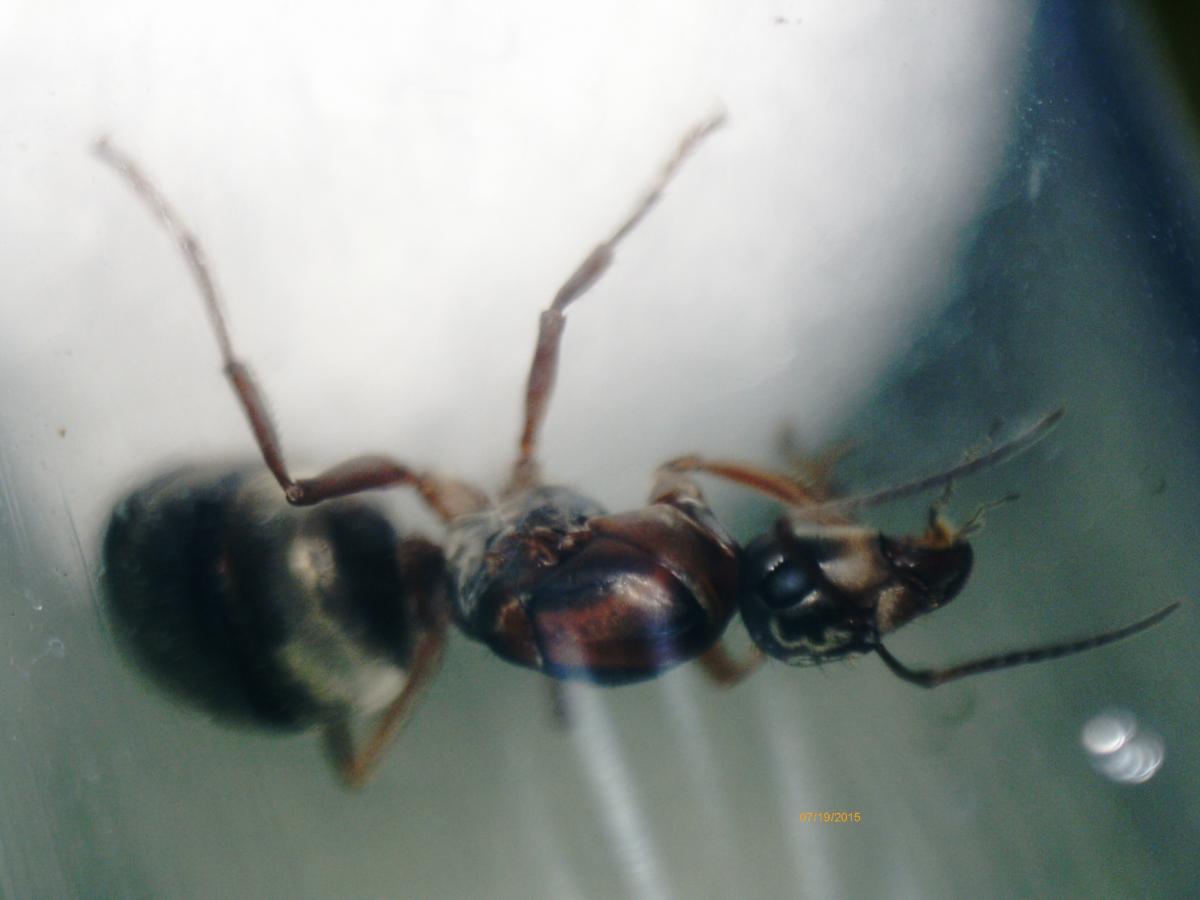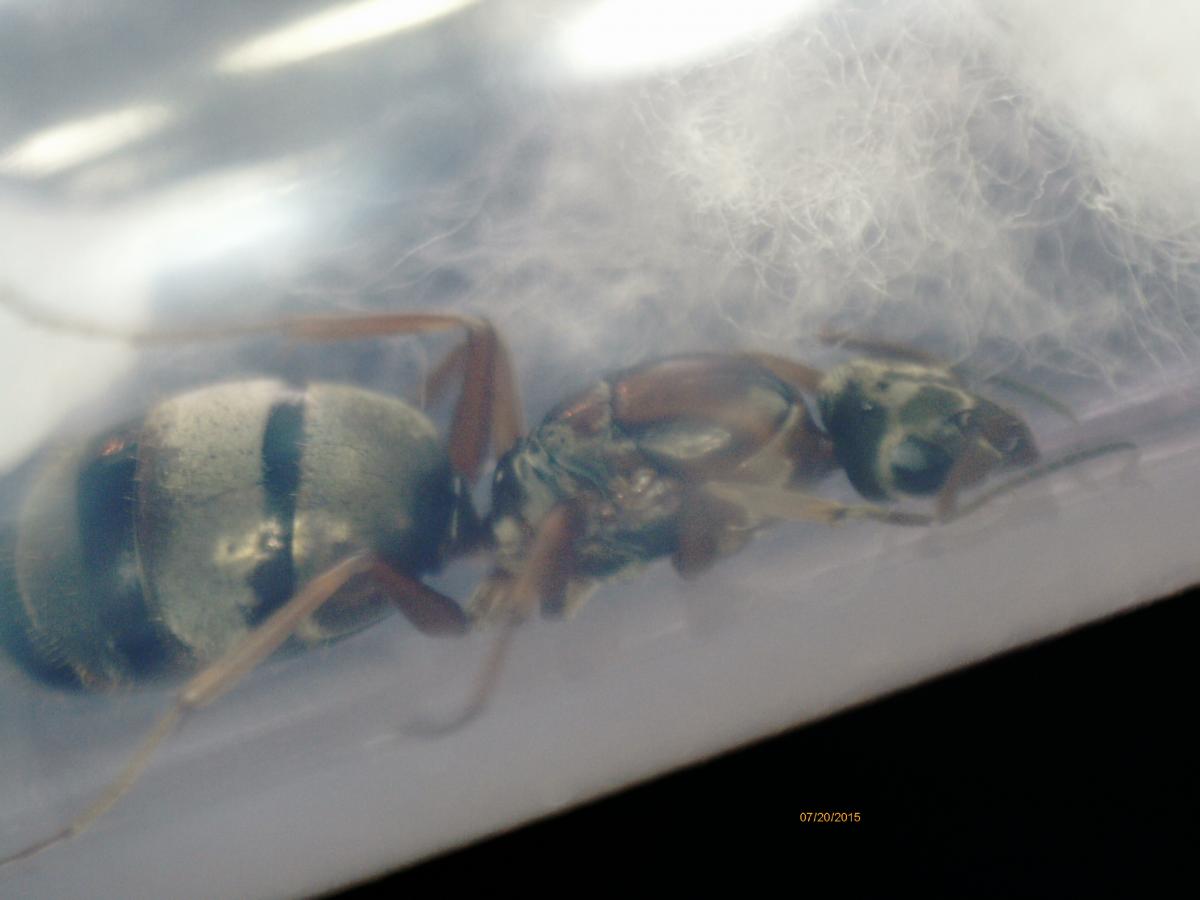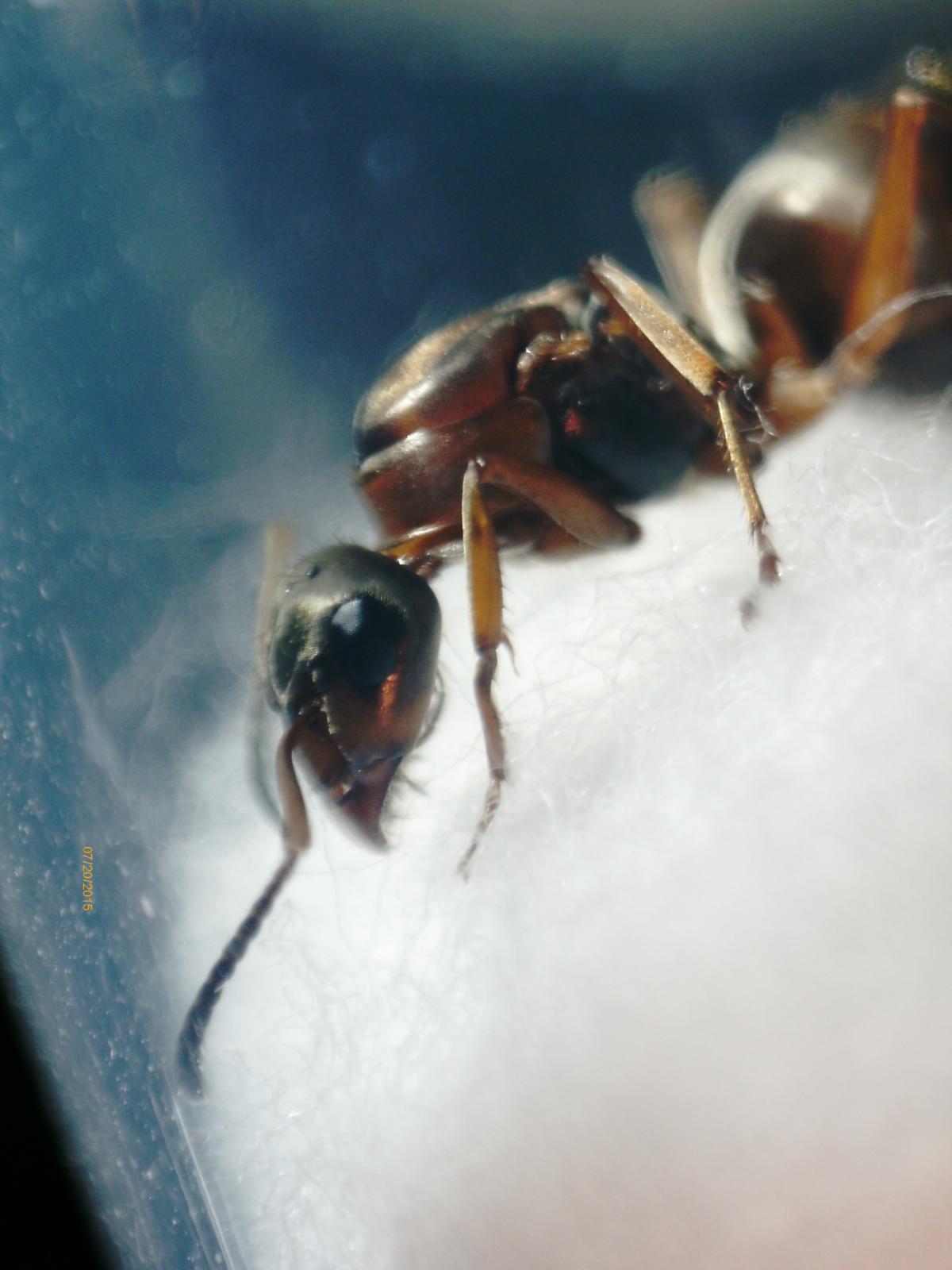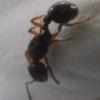How rural or urban is where your home is?
I'm down in Ballard area of Seattle, walking an hour a day (sometime between 5 and 9 PM), and haven't found a queen yet. Been looking four or five days a week, for the last six weeks.
I was thinking that even though I'm walking a couple miles through neighborhoods with gardens and tons of trees, maybe I should start walking in parks instead. (Discovery Park is close, and so is Woodland park.)
Any suggestions? Anything prescriptive--like creating some trap, using a light to attract ants, time of day, what weather to look for, etc?
It's been so dry this month, I just haven't seen hardly any ants period. I was hoping that if it rained, I might have luck then?
It’s great to know I’m not the only one anting in Western Washington. 
I work in downtown Lynnwood by the Alderwood Mall. I live in Mill Creek (right in between Everett & Bothell). It’s a planned community that has lots of development going on, but it isn’t as “urban” as Seattle. My house is adjacent to the Mill Creek Nature Preserve, so I might have access to more wildlife than you would in Ballard.
I wouldn’t give up hope. I started anting in March and didn’t find my first queen until early May (even though I was looking every day in my backyard for hours at a time – I was even out there when it was raining!  ). So for timing: I would look for queens in the morning (5 – 7:30 am), or sometime in the afternoon – evening (4-7 pm).
). So for timing: I would look for queens in the morning (5 – 7:30 am), or sometime in the afternoon – evening (4-7 pm).
If you don’t have a yard, going to the park would be a good idea. I would sit under a tree at Woodland Park on a sunny day around 4-6pm and keep your eyes on the ground. It has been really hot here lately, but the ants are still active so I wouldn’t necessarily wait for the rain. On Sunday, it was in the mid 90’s and that is when I found these queens.
I don’t know if Tetramorium’s are still flying, but I came across two separate nuptial flights this season. One was at 7:30 am and the other was at 5:30 am. Find a parking lot and look for cracks/corners, etc. I was at the outlet mall in Marysville last month and I couldn’t believe how many ants were in the parking lot!! (this was at 3 pm)
The queens I have caught –
Parasitic Formica – I’ve caught two was running across a parking lot at work (I was sitting outside eating lunch), the other one I found walking in the grass in my backyard. I was just sitting in the grass and she came running by.
Camponotus – I’ve found them crossing back and forth in my backyard- always near trees with pinecones.
Tetramorium – caught 10 queens the first nuptial flight (in May), 8 on the next nuptial flight a few weeks later. I found a queen walking across my drive way a month ago and snatched her up (it was 2pm and in the 90’s, so I have no idea what she was doing out). On Sunday (the day I caught the queens above), a Tetramorium queen walking inside my office so I snatched her up, too.
Suggestions-
Find some active colonies and keep an eye on them. Try to find the nest entrance if possible. Check back every few days and see what’s going on. I keep an eye on a couple different colonies in my backyard… I have a feeling they might fly soon so I go outside around 4-5pm daily to see how they are doing.
I have a problem with just staring at one spot, trying to find a queen – so I always have to remind myself to take a step back and look all around. Ants are so small and if you limit your vision to one fixed area, you will probably be missing something.
I don’t go out looking for queens when it is rainy, cold or windy out. I wait until it is at least somewhat warm…
If the ants are in the grass, watch the ground for movement. Ants also like to explore underneath vegetation, so I would look under plants and whatnot. I have a pumpkin patch in my backyard and an ant colony is hanging out underneath the leaves.
After not being able to find any ants for such a long time, I was thinking about making some sort of trap.. I’m not too sure about that now. I don’t like mosquitos or any other sort of insects (except for ants), so I think I’ll limit my anting adventures to daytime. 
I clearly am no expert at this - but I hope this helped. Let me know if you have any other questions!
Edited by myrmecophile, July 23 2015 - 10:24 AM.
![]()





















